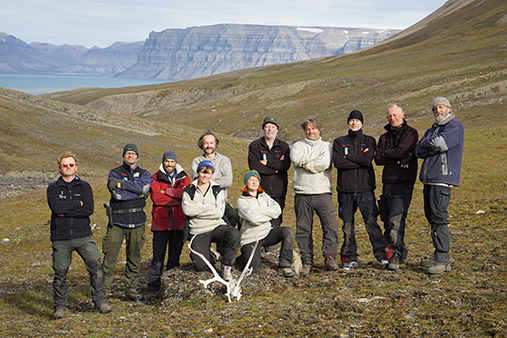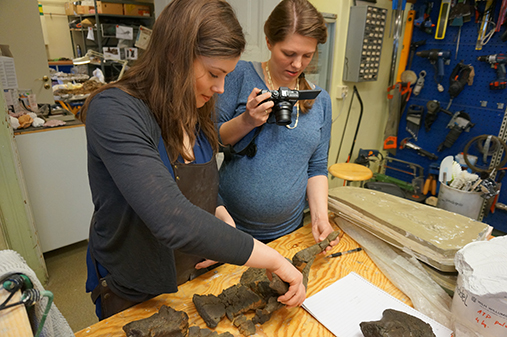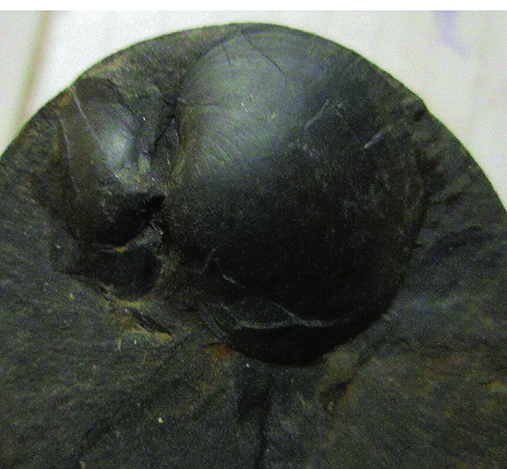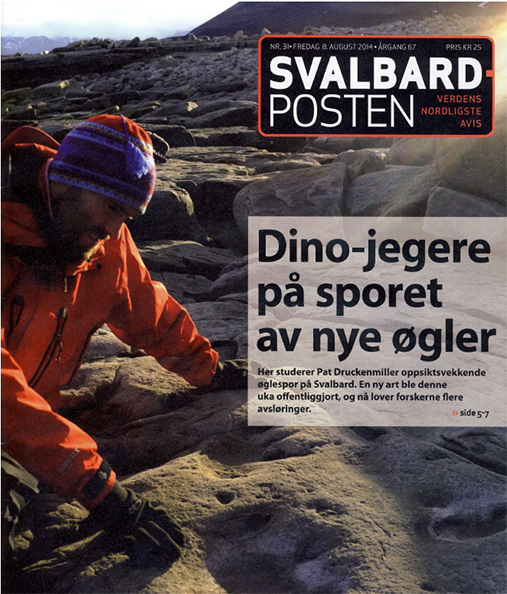Spitsbergen Mesozoic Research Group aims to describe and understand the fauna and the environment at Svalbard throughout the Mesozoic (252-66 million years ago).
TRIASSIC
The first expedition for mapping Triassic fossils was conducted in 2014, and in 2015 and 2016 the group conducted their first excavation in the Triassic deposits. Five finished master theses is the starting point for our description of the post mass extinction fauna and early ichthyosaur radiation. Invertebrates, such as ammonites, and sediments from the same localities are also under investigation.

In 2014 we also described a Triassic ichthyosaur found in 2008 at Edgeøya, which is another island in the Svalbard archipelago.
JURASSIC
The excavations in Jurassic deposits are finished after eight successful seasons, but the research continues. Many ichthyosaur and plesiosaur skeletons are still under preparation and the Collection might still hold new taxa. Two PhDs on the plesiosaurs and one on the methane seeps are completed, and one PhD on ichthyosaurs is underway.

Even though the Jurassic expeditions are finished for now, the localities are not empty. The layer stretches from Janusfjellet and towards Eastern Spitsbergen, and from our mapping during the expedition period, we estimate that 1000 skeletons are still weathering out.
In addition to the marine reptiles, there is also a lot remaining to be done on the invertebrates and their environment. PhD student Maayke Koevoets is describing the diversity of bivalves, gastropods and cephalopods.

CRETACEOUS
Dinosaur footprints, made by ornithopods, are found in several localities at Svalbard. The tracks can be used to interpret the locomotion and habitat of these animals.

The stratigraphically youngest ichthyosaur in the assemblage, Keilhauia nui, originates from the earliest Cretaceous.